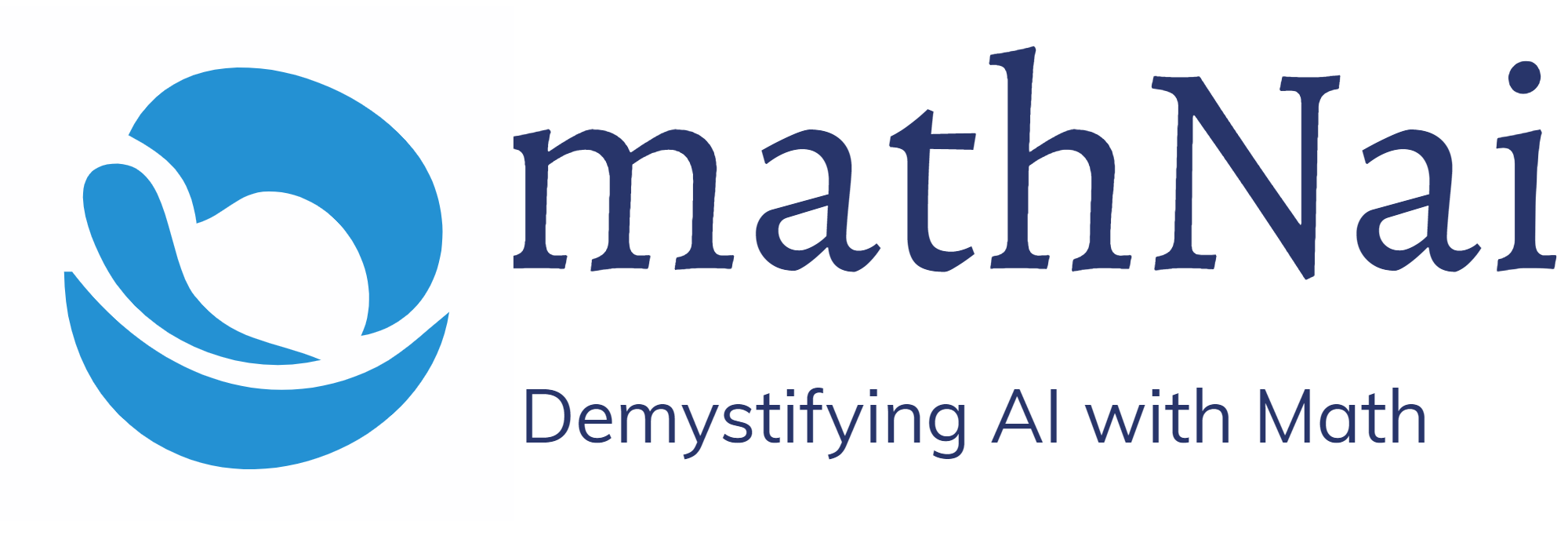PySpark is a powerful big data processing engine that allows data engineers and data scientists to work with large datasets in a distributed computing environment. PySpark provides two data abstractions, RDD and DataFrame, to work with data in a distributed manner. In this article, we will explore the differences between RDD and DataFrame in PySpark.
RDD (Resilient Distributed Dataset) and DataFrame are two fundamental data structures in PySpark. RDD is an immutable distributed collection of data objects that can be processed in parallel. DataFrame, on the other hand, is a distributed collection of data organized into named columns.
Table of Contents
RDD in PySpark:
RDD was the first abstraction introduced in PySpark, and it is still the most basic and low-level data structure in PySpark. RDD is an immutable collection of data objects that can be processed in parallel. RDDs can be created from a variety of data sources such as Hadoop Distributed File System (HDFS), local file systems, Amazon S3, and more.
RDDs support two types of operations: transformations and actions. Transformations create a new RDD from an existing RDD, while actions return a value to the driver program or write data to an external storage system.
Transformations in RDD include operations like map(), filter(), flatMap(), union(), intersection(), subtract(), distinct(), and more. Actions in RDD include operations like count(), collect(), reduce(), take(), saveAsTextFile(), and more.
DataFrame in PySpark:
DataFrame is a distributed collection of data organized into named columns. It was introduced in PySpark 1.3 as an abstraction built on top of RDDs. DataFrame is designed to be more efficient than RDDs, especially for structured data. It allows you to work with structured data using familiar SQL-like syntax.
DataFrame supports two types of operations: transformations and actions. Transformations create a new DataFrame from an existing DataFrame, while actions return a value to the driver program or write data to an external storage system.
Transformations in DataFrame include operations like select(), filter(), groupBy(), orderBy(), join(), and more. Actions in DataFrame include operations like count(), collect(), first(), show(), save(), and more.
Differences between RDD and DataFrame in PySpark:
- Schema: RDDs do not have a schema, whereas DataFrames have a schema that defines the data structure of the data.
- Efficiency: DataFrame is more efficient than RDD because it uses a schema to optimize processing and can take advantage of Spark’s advanced optimizations, such as Catalyst optimizer.
- Ease of use: DataFrame is easier to use than RDD because it supports SQL-like syntax, making it easier for SQL developers to transition to PySpark.
- Type safety: DataFrame is type-safe, whereas RDD is not. This means that you can catch type errors at compile-time in DataFrame but not in RDD.
Example:
Let’s see a simple example to understand the differences between RDD and DataFrame in PySpark.
Suppose we have a dataset that contains the following fields: id, name, age, and city.
To create an RDD in PySpark, we can use the following code:
from pyspark import SparkContext
sc = SparkContext("local", "RDD Example")
data = sc.textFile("path/to/dataset")
rdd = data.map(lambda line: line.split(","))To create a DataFrame in PySpark, we can use the following code:
from pyspark.sql import SparkSession
spark = SparkSession.builder.appName("DataFrame Example").getOrCreate()
data = spark.read.csv("path/to/dataset", header=True, inferSchema=True)In the above code, we first create a SparkSession object and then read the CSV file using the read.csv() method. We set header=True to indicate that the first row contains column headers.
Additionally, RDDs require more code for optimization and tuning compared to DataFrames. Optimizing RDDs requires manual intervention and tuning, whereas DataFrames can use the built-in optimizations of PySpark.
In summary, RDDs are low-level distributed collections that provide more control and flexibility but require more code for optimization. DataFrames, on the other hand, provide a higher-level interface for working with structured data and offer a more optimized and efficient way of processing data in PySpark. Which one to choose depends on the use case and specific requirements of the project.
